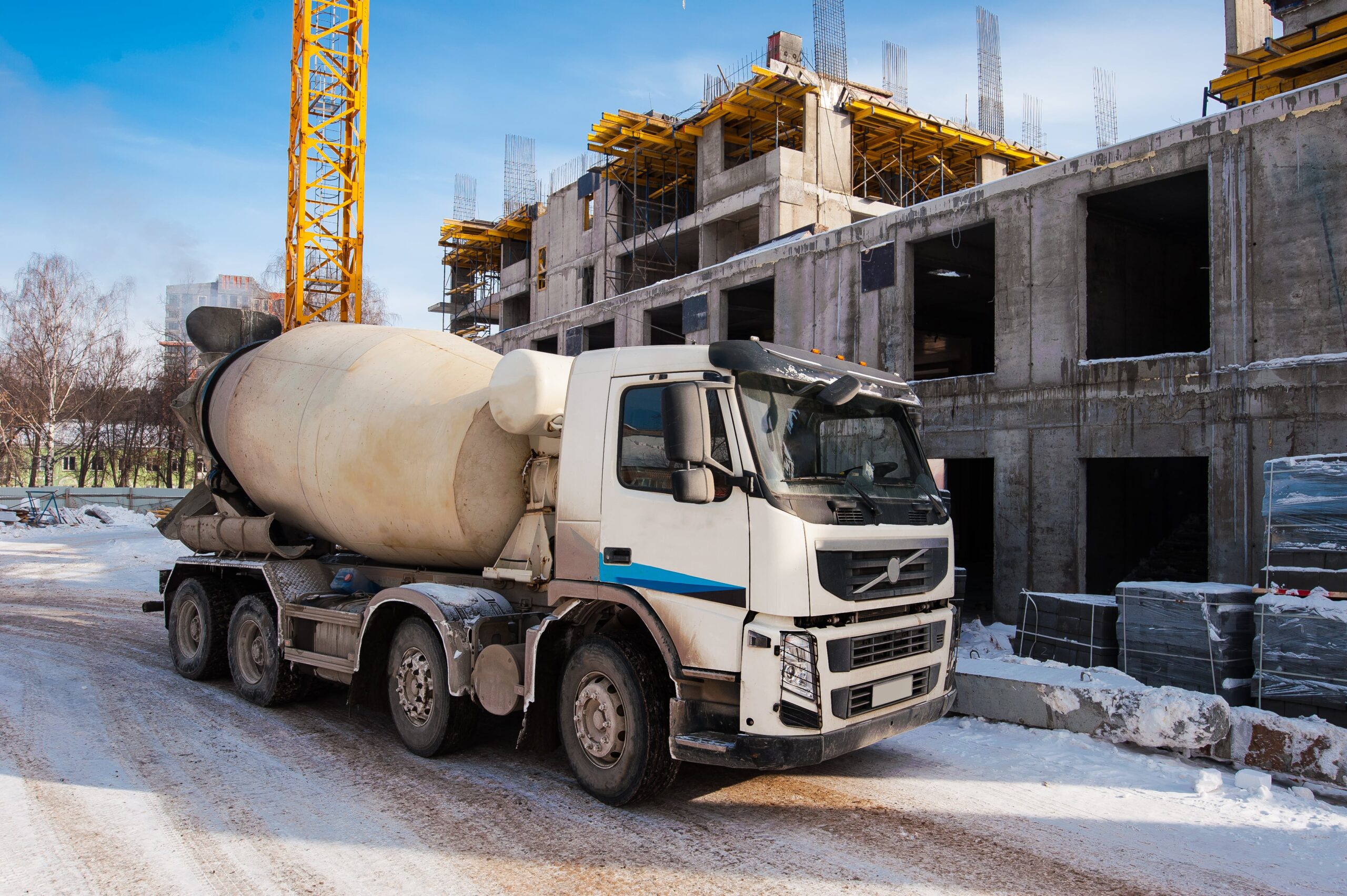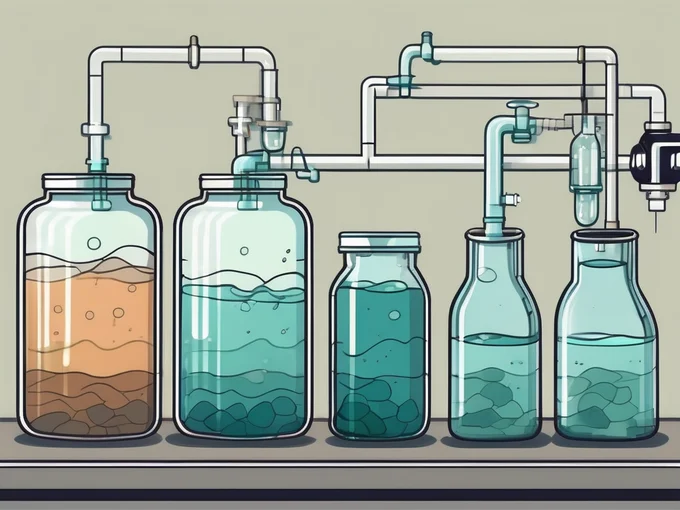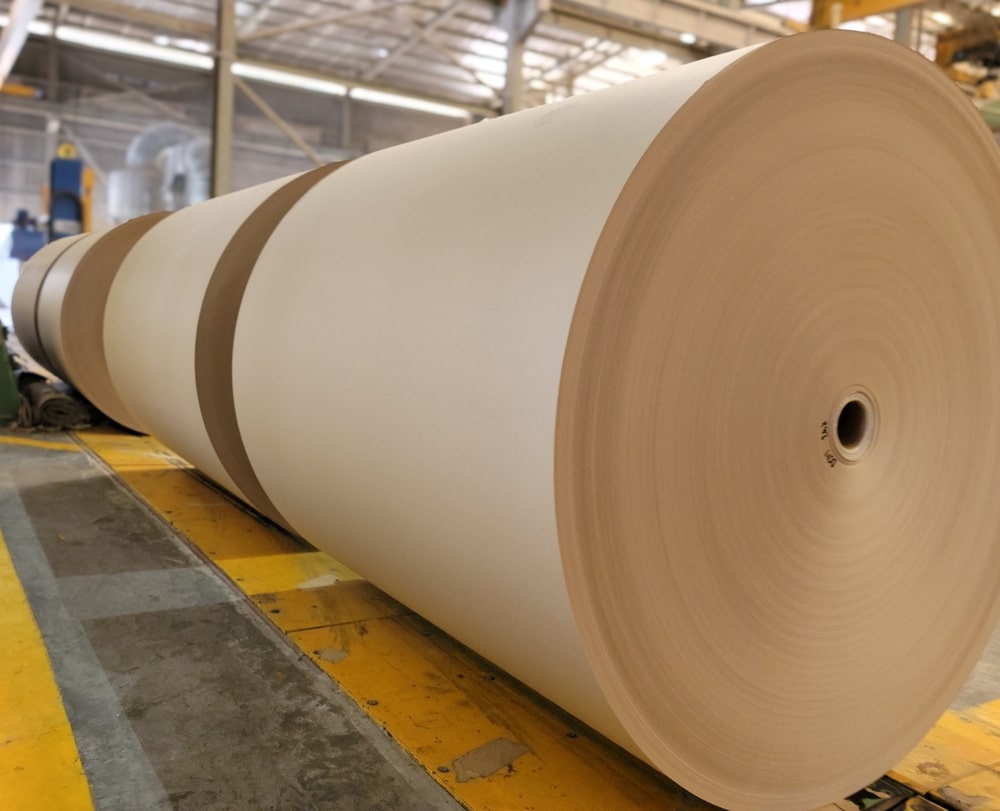Table of Contents
Water reducing admixtures :
Water reducing admixture,usually called water- reducers, are used to improve the performance of fresh and hardened concrete. Water reducers work like dispersants by breaking up agglomerations of statically charged cement particles. Spreading out the cement giants in fresh concrete frees up more water and allows for more efficient hydration of the cement. Modest strength increases are observed with the use of water reducers at the same w/cm ratio.
Water reducers can be used to increase workability which allows for easier placement and finishing. This is accomplished by using the same amount of water as originally required, and having the simulated effect of having added water, without increasing the water cementitious material ratio. Adding a water-reducer can increase the slump by 50mm or more.
The other way you use is to actually lower the total water content, by about 5 to 10% without affecting workability,that is the concrete will have the same slump, will not be harder to finish, but will contain less water. This usually results in an increase in the unlimited strength is not needed, a corresponding amount of cement may be reduced from the concrete mixture.

water reducers are used most frequently in his fashion:
Water reducers improve the pumpability of concrete, since concrete usually loses some of its original slump as it moves through the pump line. In hot weather, water reducers admixtures can be added to make up for the increase in water demand caused by higher temperatures.
Water reducers admixtures are made of the salts of lignosulfonates(which are byproducts of the wood processing industry), hydroxylated carboxylic acids, and polymers (which are manufactured or refined chemicals). Most water-reducer base chemicals tend to act as set retarders, and will often have a small amount of accelerator blended to offset the retarding effect. Many will function as retarders at higher dosage ranges. The behavior of water reducers at different temperatures is important, certain Type A water reducers will not retard at warmer temperatures but will significantly retard in cooler temperatures. In such cases it is prudent to use a lower admixture dosage.
Water reducers are commonly added to the batch through the batch water line. Interaction between cement and water reducers can cause significant effects on setting characteristics – accelerated or retarded. In extreme cases significantly higher admixture doses are needed to achieve the desired water reduction. In these situations, adding the admixture after the cement has wetted (delayed addition) can overcome this cement admixture interaction problem and reduce dosage requirements. Overdoses will most often cause retardation and in some cases concrete may not set for days.
Water reducing admixture must meet ASTM C 494 “Standard Specification for Chemical Admixtures for Concrete ” Using water-reducer base chemicals with less offsetting accelerator will make ASTM C 494 Type D, ”Water reducing and retarding admixtures” An accelerating admixture can be combined with a water reducer to make ASTM C 494, Type E “Water reducer and accelerating admixtures.”
High-range water reducing admixtures :
High-range water reducing(HRWR) admixtures,also called Superplastrizers, allow significant amounts of water reduction without excessively retarding the setting time of concrete. High-range water-reducers will allow a 12% to 40% reduction in water content of a given concrete mix. The common types are made from sulfonated condensates of naphthalene and melamine. Newer HRWR admixtures are based on polymer technology.
They can be used in a similar fashion as water-reducers. One option is to reduce the water content without affecting slump or workability. This will result in greatly increased ultimate strength and more durable concrete in high performance or high strength applications. Often these concrete mixtures have a water-cement ratio of 0.40 or less. The HRWR admixture makes these concrete mixtures workable and placeable.
Another option is to hold the water content constant and produce”flowing” concrete that is very workable. For example , adding HRWR admixture to concrete with an initial slump of 75 mm will result in concrete with a slump of 150 mm or more. Both benefits can be combined and HRWR admixtures can be used to reduce the water cementitious materials ratio, and to increase the workability of the concrete. Owing to the workability improvement in fresh concrete, HRWR admixtures are often used for concrete that is pumped. The cement content of a given concrete mix can be reduced if the increase in strength is not required. If the cement is held constant, superplasticizers concrete will have higher early-strengths and reduced permeability.
HRWR admixtures only have their intended effects on concrete for a discrete period of time, after which time the concrete loses the “extra” slump or workability. Depending on the concrete mix characteristics,superplasticizers have varying ability to retain slump. The earlier version of HRWR admixture caused a rather rapid rate of slump loss and jobsite addition was often done to more effectively use these products. Admixture companies used retarding agents to offset this slump loss tendency. Overdose with HRWR admixture may retard concrete significantly. Modern polymer technology allows lower dosages while overcoming the slump loss and retarding tendencies.
These admixtures can be added at the ready mixed concrete plant or at the job site depending on the time that will be spent in transit, and depending on the dosage of superplasticizer. The quality control personnel should provide appropriate direction when these admixtures are added at the jobsite.
High range water reducing admixtures can be combined with set retarders, or with accelerators depending on the required application of the concrete. Superplasticizers are often used together with (conventional) water-reducers to give concrete even greater finishability and workability. This is especially true of concretes containing very high cementitious materials factors, silica fume or both, the water reducers will help offset any slump loss associated with HRWR admixtures, and will improve the workability of what may otherwise be a very”sticky” mix that is hard to trowel and difficult to finish.
High-range water reducing admixtures must meet ASTM C 494, Type F “ water reducing, high-range admixtures” . if retarding admixture is combined with the superplasticizers in one product, then it must meet the requirements of ASTM C 494 Type G, “water reducing, high-range, and retarding admixtures’ another specification for superplasticizers is ASTM C 1017 “admixtures for use in producing flowing concrete” this specification is only for superplasticizers used to dramatically increase the slump and workability of concrete for ease of placement.

Mid-range water reducing admixtures
A recent development is the introduction of admixtures that offer more potential for water reduction than a conventional Type A, but less water reduction than a high-range water-reducer hence the name “mid-range” water-reducer. Mid-range water-reducers are formulated so that they do not retard setting times, or entrap air, as might happen with high dosage of conventional water-reducers. With mid-range water-reducers, concrete is used at slump in the 125 to 200mm range. Mid-range water-reducer offers excellent workability advantages, and can improve the finishing characteristic of sticky concrete that contain silica fume, other supplementary cementitious materials or manufactured sands. Mid-range water-reducers offer superior workability, pumpability and finishability.
In this article we focus on Water reducing admixtures , we will continue with details about other types of Chemical Admixtures in the next article.




